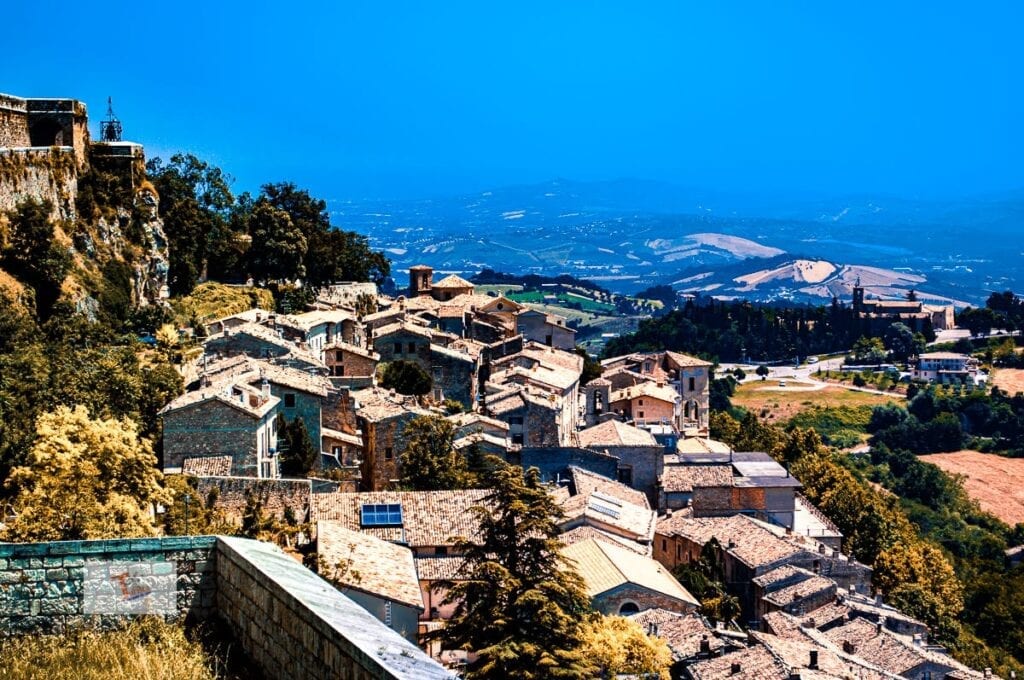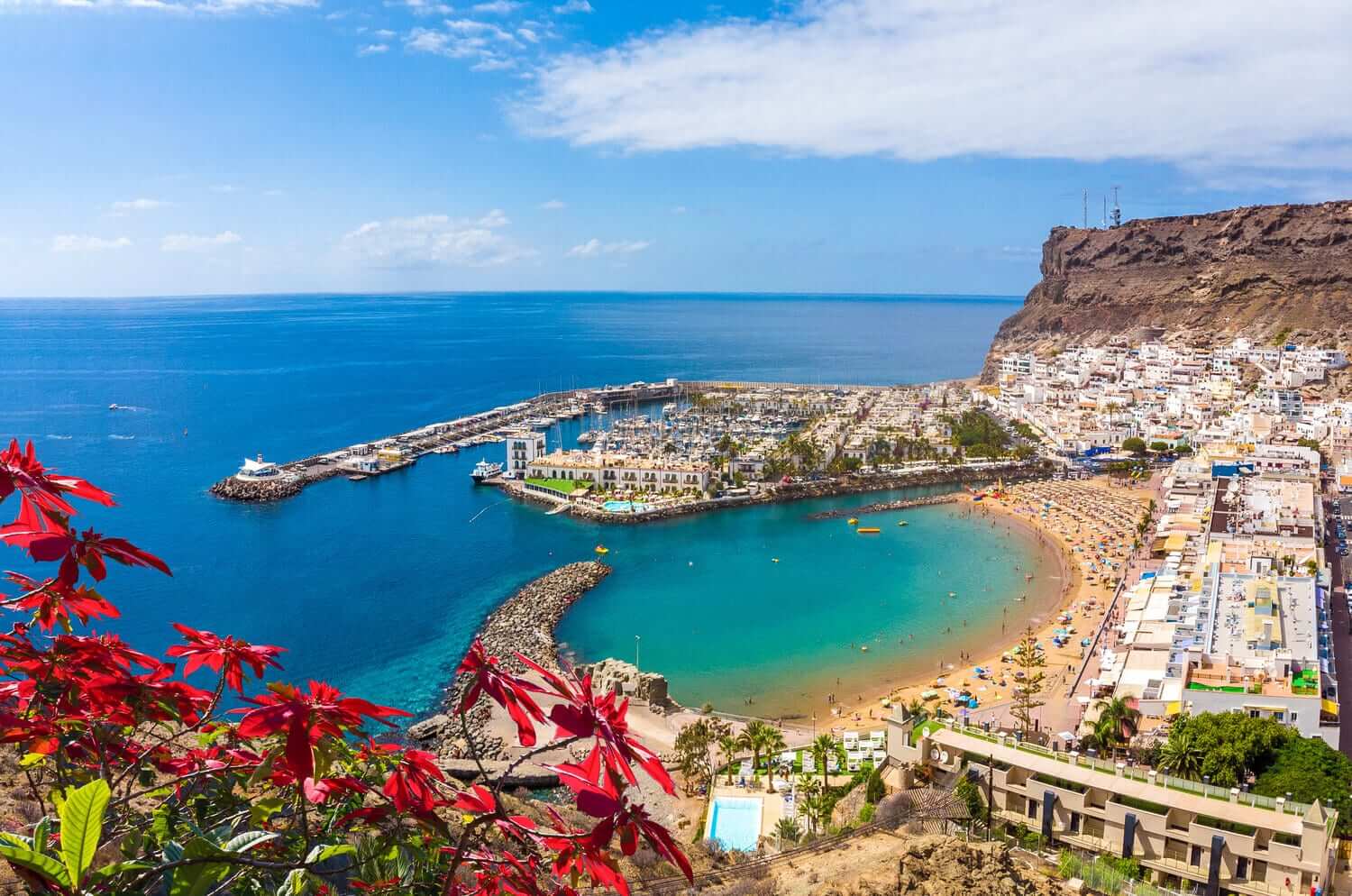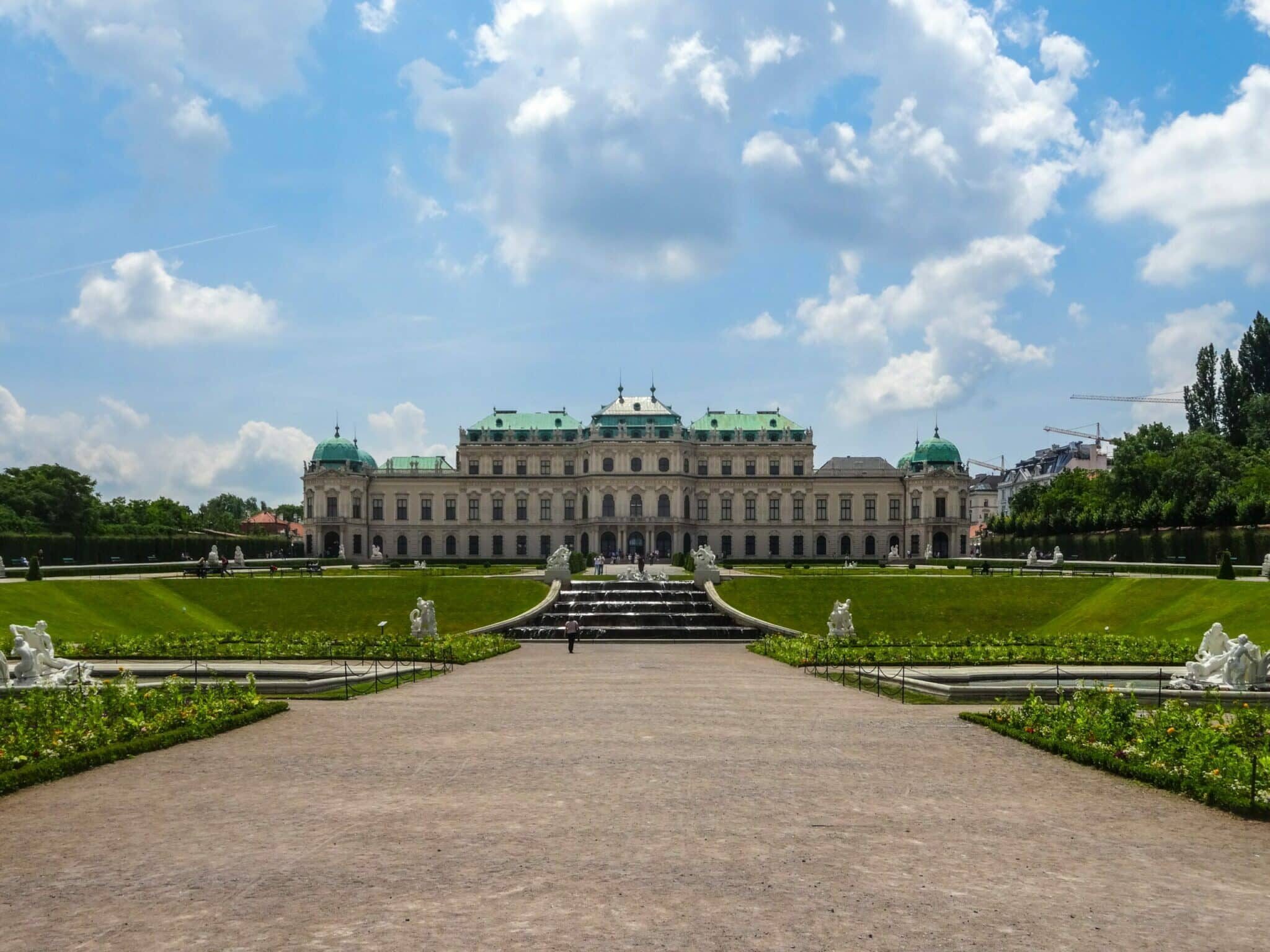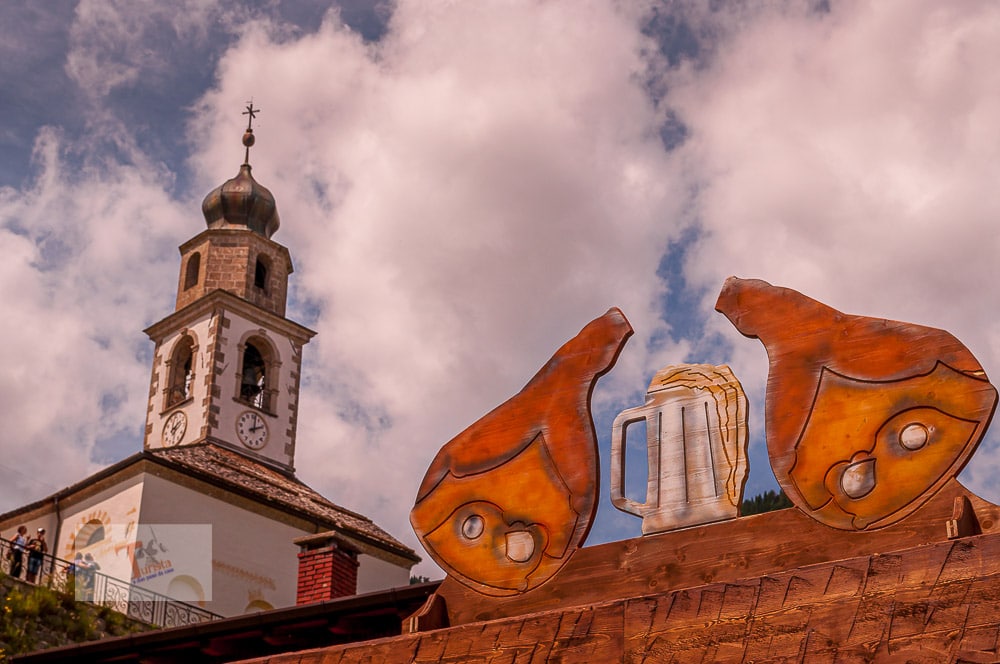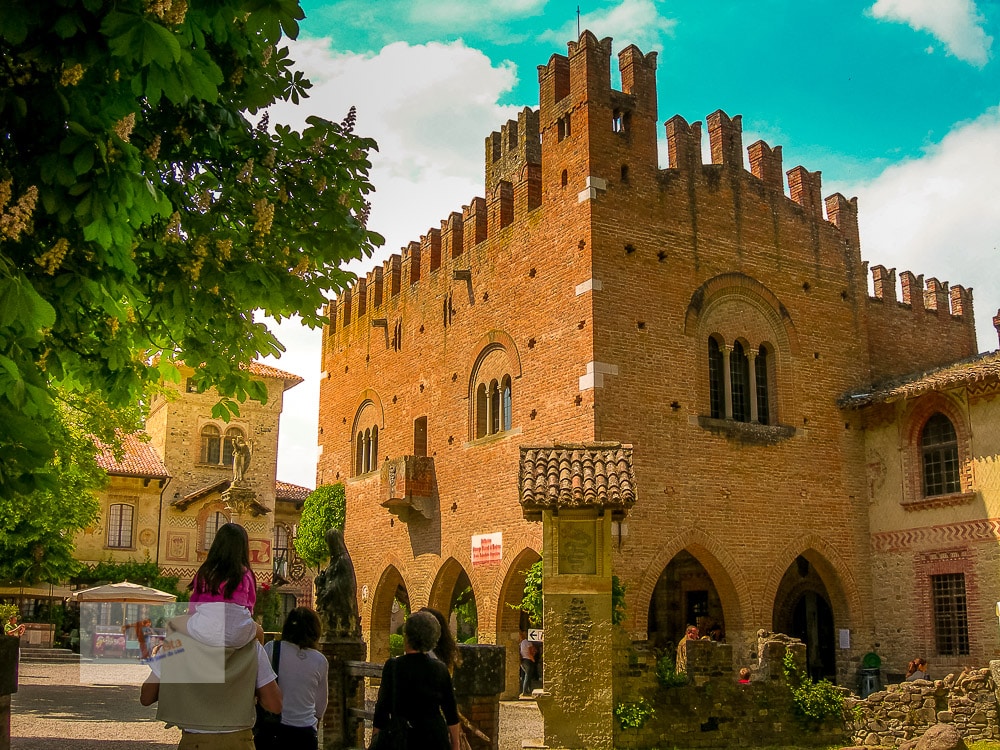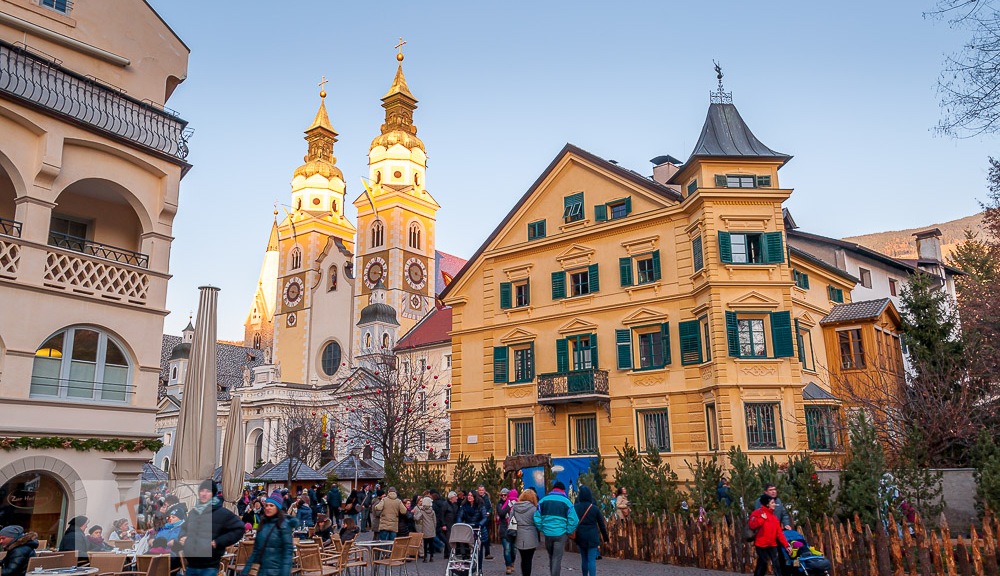A city trek that takes us to the discovery of Civitella del Tronto, one of the most beautiful villages in Abruzzo and Italy. We are in the province of Teramo, thirty minutes from Ascoli Piceno and the Adriatic Sea. A handful of houses rising on the hill dominated by the mighty fortress.
Civitella and its fortified fortress
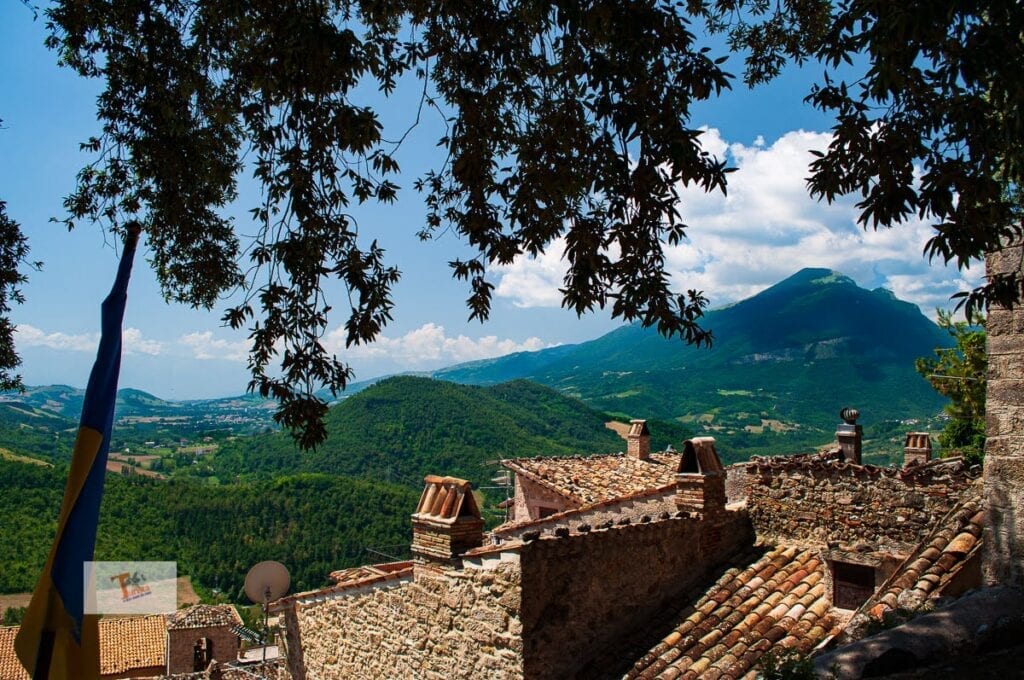
A fortified town, the last northern bulwark of the Kingdom of Naples, on the border with the Papal State, Civitella del Tronto can be admired in every corner: from the top of the fortress to the narrow city streets that are called “rue” here. Up and down the village, a handful of houses rising on the hill, dominated by the mighty fortress. And it is from here that we start, admiring, at the entrance, the panoramic valley below.
The fortress
Built by the Spaniards in the second half of the 16th century, the fortress is considered one of the largest military fortifications in Europe. Its structure is impressive: 500 meters long, and 25 thousand square meters of surface that enclose a drawbridge, two squares, military quarters, ramparts and walkways, prisons, cisterns, the two squares of Weapons, powder kegs, ovens, stables. You can admire what remains of the Governor’s Palace and the church of San Giacomo, a building dating back to 1585, now deconsecrated and used as a conference room.
After the church, here are the military quarters and the walkway from which you have a panoramic view.
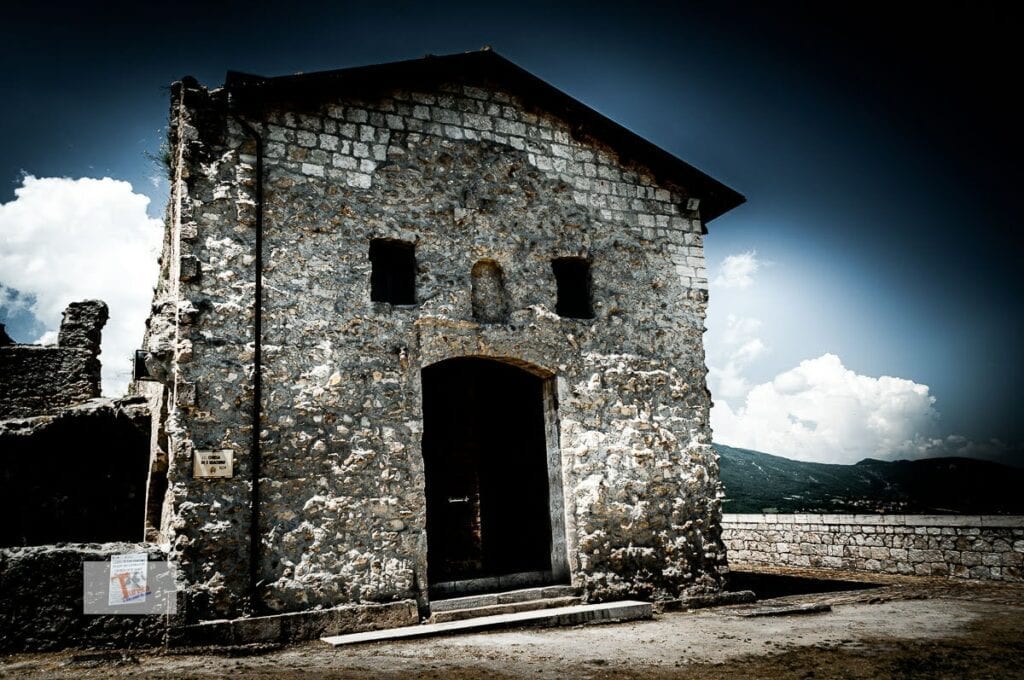
The visit lasts a couple of hours, excluding the Museum of Ancient Weapons and Maps. We just have to go back to the village to get lost in the cobbled streets, called in the French “rue” and walking, we get excited when we walk along the “ruetta”, which is the narrowest street in Italy.
The churches of Civitella del Tronto
The Comacine and Lombard masters left their mark in Civitella del Tronto who, with their fine sculptural and architectural work, have refined palaces and places of worship. Among these, the collegiate church of San Lorenzo, a late 16th-century building, is worth a visit. It has a Latin cross structure and houses 17th-century paintings.
The church of San Francesco, with an interior in Baroque style, with a splendid rose window on the facade and with a bell tower. Finally, the small church of Santa Maria degli Angeli, or “della Scopa” name attributed by the homonymous Confraternity. The building dates back to the 14th century. Inside you can admire a wooden sculpture of the “Dead Christ”.
Civil buildings
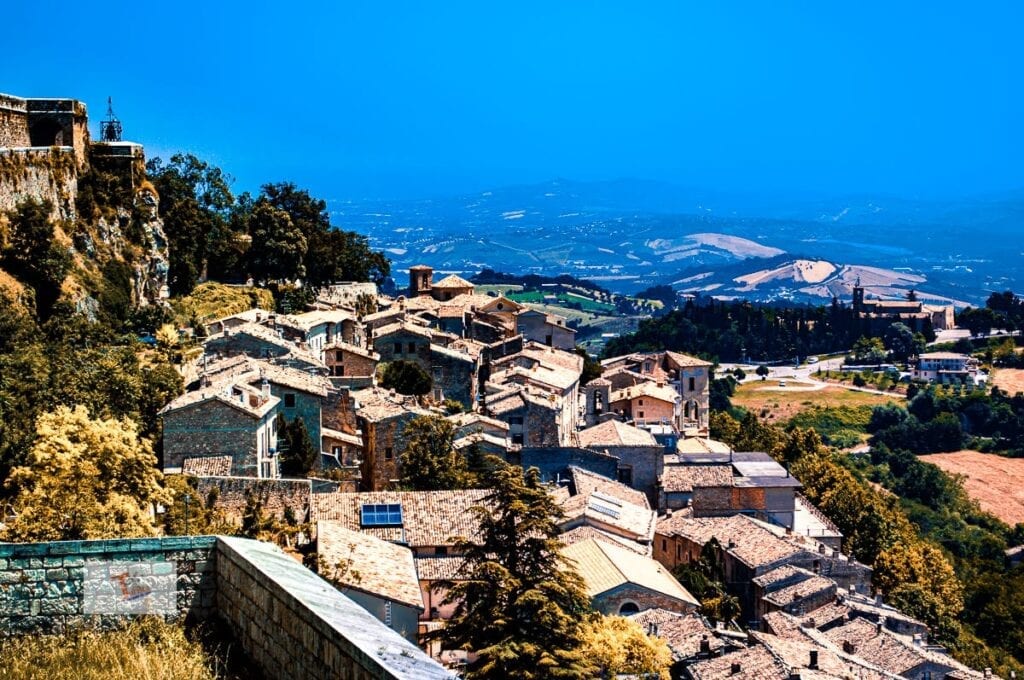
Several civil buildings that we meet along the way, above all the Palazzo del Capitano of the fourteenth century, with the coat of arms of the Anjou and the funeral monument of Matteo Wade in Carrara marble. The Irish soldier in the service of the Kingdom of Naples defended the fortress of Civitella del Tronto besieged by the French. The funeral monument was built in 1829 by Francesco I of Bourbon. Initially placed in the fort, it was stolen by the Piedmontese as spoils of war in 1876, who mistook it for a work by Canova. Today the monument is located in Largo Rosati.
If there is time left, the convent of Santa Maria dei Lumi is worth a visit outside the walls. It bears this name apparently due to some mysterious sightings of lights.
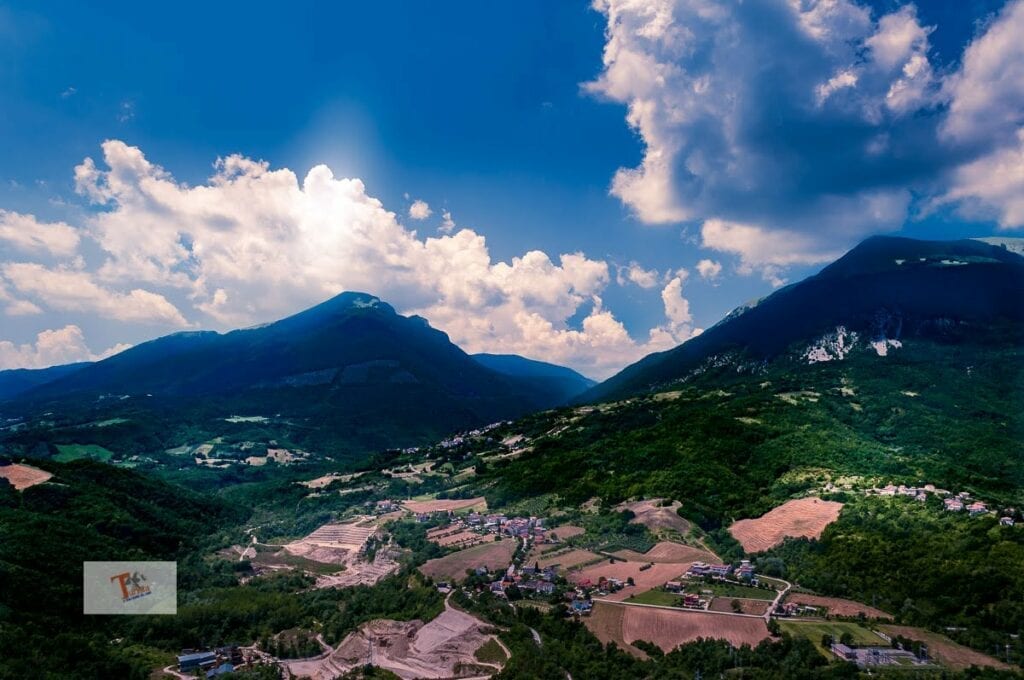
How do I get to Civitella del Tronto?
Civitella del Tronto can be reached from the A14 motorway, Ascoli Piceno exit, then the Ascoli-Mare RA11 highway to Ascoli, then follow the SS81 and SP14 towards Civitella del Tronto.

